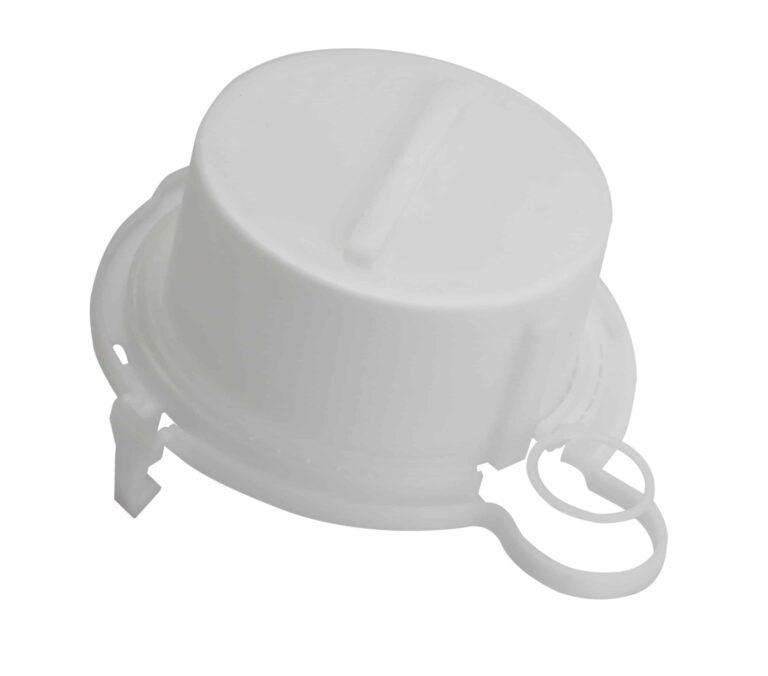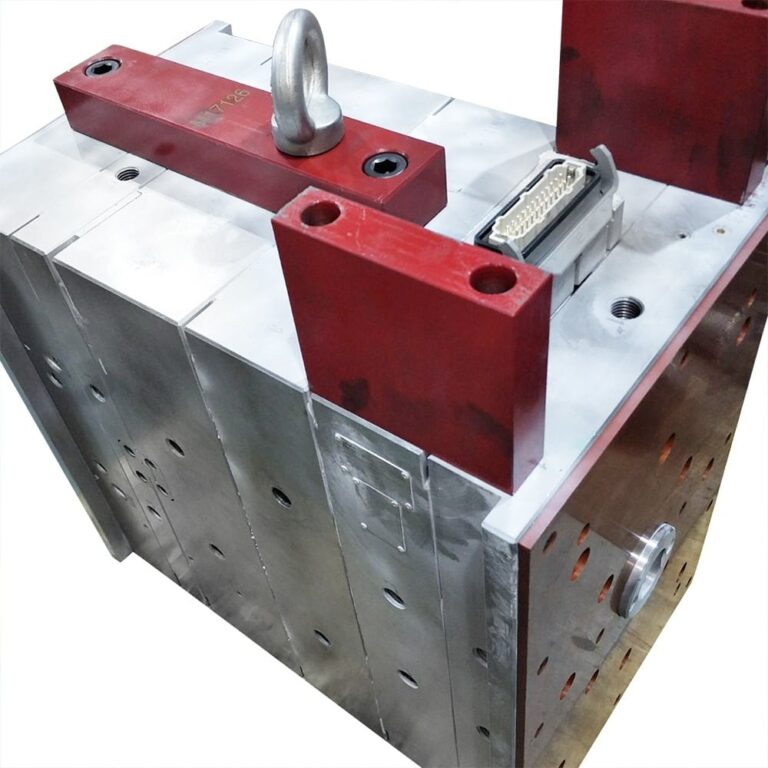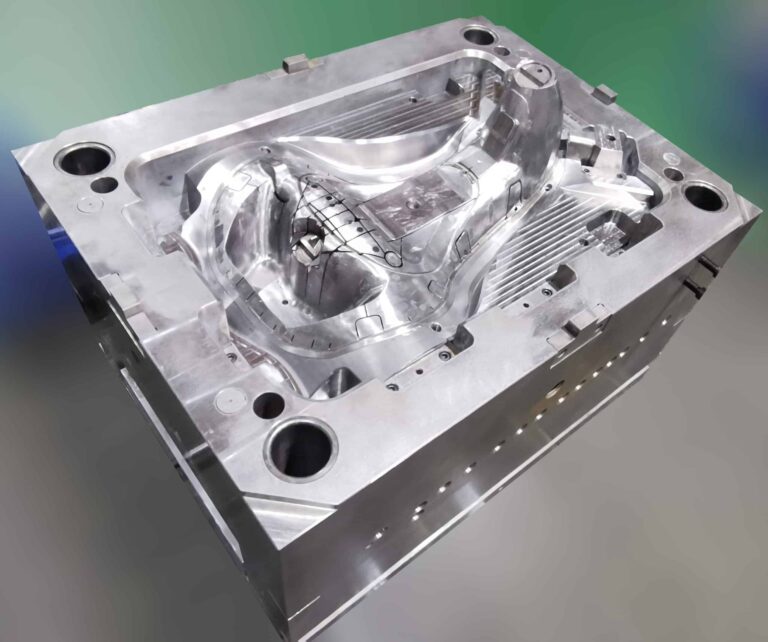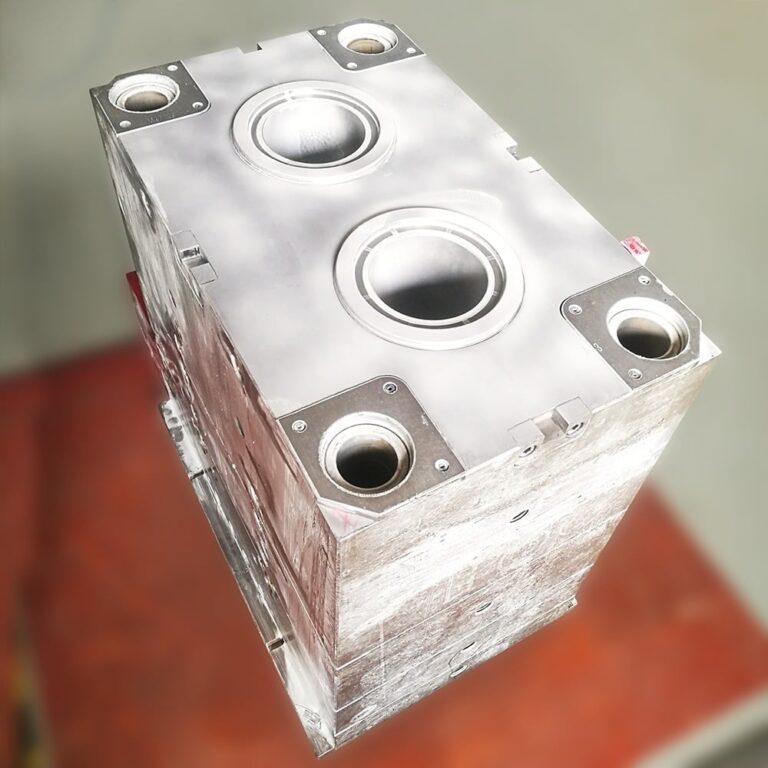The influence of injection molding process on the quality of products
In the molding process of transforming plastic particles into plastic products, plastic is often subjected to high temperature and pressure, and flows under high shear rate. Different molding conditions and processes will have different effects on the quality of products.
If the plastic raw materials are correctly selected, the technical parameters of the injection molding machine and the structure of the mold are in line with the requirements of injection molding conditions, which the quality of processed products is directly related to the injection molding process.
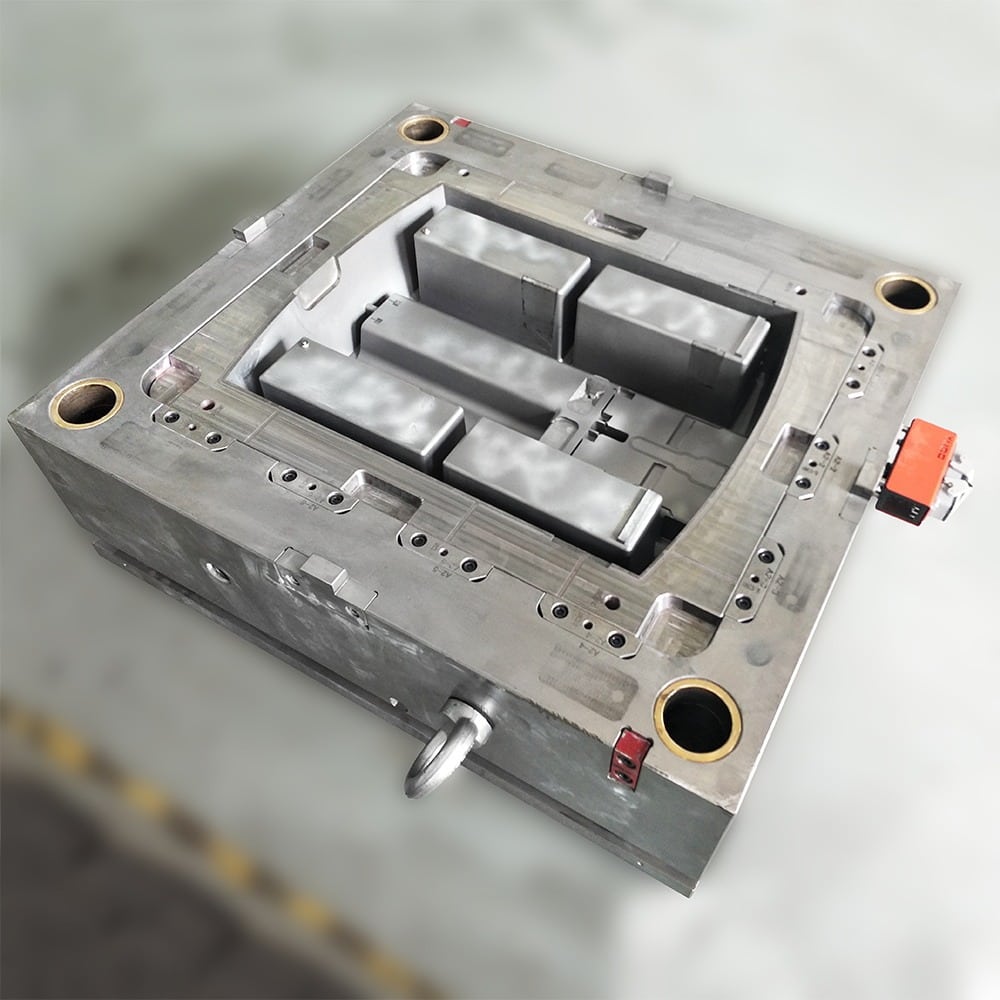
The quality of the product has internal material quality and appearance quality, internal material quality is mainly mechanical strength, and the size of the internal stress directly affects the mechanical strength of the product, the main reason for the internal stress is the crystallinity of the product and the orientation of the molecules in plastic molding.
The appearance quality of the product is the surface quality of the product, but the product warping and deformation caused by the internal stress will also affect the appearance quality. The appearance quality of products include: product shortage, product dent, fusion mark, flying edge, bubble, silver wire, black spot, deformation, crack, delamination and discoloration, etc., all related to molding temperature, pressure, flow, time and position.
1. Molding temperature: barrel temperature, plasticizing temperature, nozzle temperature, mold temperature and plastic drying temperature, etc.
Barrel temperature: it is the melting temperature of plastic. If the barrel temperature is set too high, the viscosity of plastic will be low after melting, and the injection speed will be fast under the same injection pressure and flow rate, and the molded products will be easy to fly, silver, discolored and brittle.
If the barrel temperature is too low, the plastic will be poorly plasticized, the viscosity will be high, the injection speed will be slow under the same injection pressure and flow rate, and the molded products will be easily deficient, with obvious melt marks, unstable size and cold lumps in the products.
Nozzle temperature: high nozzle temperature setting, nozzle salivation, resulting in products with cold material wire. Low nozzle temperature causes clogging in the mold casting system. Injection pressure has to be increased to inject plastic, but there are cold material lumps in the instantly molded products.
Mold temperature: high mold temperature, injection pressure and flow rate can be set lower, but under the same pressure and flow rate, the products are easy to fly, warp and deform, and the products are difficult to stick to the mold and eject. Mold temperature is low, in the same injection pressure and flow rate, the products are not enough, bubbles, fusion marks, etc.
Plastic drying temperature: various plastics have different drying temperature. ABS plastic is generally set a drying temperature of 80 ~ 90 ℃, otherwise it is not easy to dry and evaporate the water and residual solvent, the product is easy to have silver and bubbles, the strength of the product will also be reduced.
2. Molding process pressure: there are pre-molding back pressure: injection pressure, clamping pressure, pressure-holding, mold-holding and neutron pressure, injection table pressure, etc.
Pre-molding back pressure: high back pressure, high density of material storage, more material storage in the same storage volume. Low back pressure has low density and less material storage. After setting the storage position, then do a larger adjustment of back pressure, you must pay attention to reset the storage position, otherwise it is easy to cause products flying edge or insufficient.
Injection pressure: Different varieties of plastics have different melt viscosity, and the viscosity of non-crystalline plastics varies greatly with the change of plasticizing temperature. Injection pressure is set according to the melt viscosity of plastic and plastic process ratio. If the injection pressure is set too low, the product will not be shot enough, dent, fusion marks and size instability. If the injection pressure is too high, the product will have a flying edge, discoloration and difficulty in ejecting the mold.
Clamping pressure: according to the size of the projection area of the mold cavity and the injection pressure is high or low. Insufficient clamping pressure makes the product easy to fly and increase the weight. If the clamping force is too large, it will be difficult to open the mold. General clamping pressure is set at no more than 120par/cm2.
Pressure-holding: When the injection is completed, that is, continue to give the screw a pressure called pressure-holding, when the mold cavity products have not frozen. Pressure-holding can continue to fill the mold cavity to ensure that the product is full. If the pressure is set too high, it will bring resistance to the mold and the core, and the products will be easily topped with white and warped, in addition, the mold runner gate will be easily expanded by the plastic and the gate will be broken in the runner. The pressure is too low and the product has dents and unstable size.
The principle of setting the pressure of the mold and neutron is based on the size of the mold cavity and the size of the core projection area of the inserted core, as well as the complexity of the geometry of the molded product. Generally, the pressure of the pallet and neutron cylinders should be set to push the products.
3. Flow rate: It is related to the speed of injection molding machine, such as screw speed, injection speed, pallet and neutron speed, etc.
Screw speed: In addition to adjusting the pre-molding flow, it is mainly affected by the pre-molding back pressure. If the pre-molding flow rate is adjusted to a large, pre-molding back pressure and high, with the screw rotation, plastic in the barrel shear force, plastic molecular structure is easy to be cut, the product has black spots and black stripes, affecting the product appearance quality and strength, and the barrel heating temperature is not easy to control. The pre-molding flow rate is set too low, and the pre-molding storage time is prolonged, which will affect the molding cycle.
Injection speed: the injection speed should be set reasonably, otherwise it will affect the product quality, the injection speed is too fast, the products with bubbles, burning, discoloration, etc. If the injection speed is too slow, the product will not be formed enough, and there will be fusion marks, etc.
Bracket mold and neutron flow: should not be set too large, otherwise the ejection and core extraction action is too fast, resulting in unstable ejection and core extraction, the products are easy to top white.
3. Time setting: In injection molding process, there are drying time, injection and holding time, cooling time, etc.
Drying time: It is the drying time of plastic raw materials, various categories of plastics have the best drying temperature and time. 80~90℃ and 2 hours for ABS plastics. 24 hours for ABS plastics in general, the water absorption is 0.2~0.4%, and the water content is 0.1~0.2% for injection molding.
Injection and holding time: computer injection machine control methods are equipped with multi-stage injection can be graded to regulate pressure, speed and adjust the amount of injected plastic. So that the injection into the mold cavity plastic speed to achieve a constant speed, and improve the appearance of molded products and the quality of the inner material.
Therefore, the injection process is commonly used to control the position, not time control, pressure is used to control the time, such as holding time is long, the product density, weight is heavy, internal stress is large, difficult to take off the mold, easy to top white, molding cycle time is extended. The holding time is too short, the products are easy to produce dents, the size is not stable.
Cooling time: it is to ensure the stability of the product shaping, is injected into the mold cavity plastic molding into products after sufficient cooling and shaping time, otherwise the products are easy to warp and deformation when opening the mold, easy to deformation and top white. Cooling time is too long, extending the molding cycle, and not economic.
4. Position control: Some injection molding machines have mold shift position, mold tray position, material storage and injection position control.
The mold shift position is the entire moving distance from the mold opening to the mold closing and locking called the mold shift position. The best position of mold shift is to be able to take out the products smoothly. If the mold opening distance is too large, the molding cycle should be long.
As long as the position of the mold support can be controlled, the products can be easily removed from the mold.
Storage location: first of all, to ensure that the amount of plastic injected at one time of molding products, followed by the control of the amount of material stored in the barrel. Storage location control over the amount of one injection is too much, the product is easy to fly edge, and vice versa, the product molding is not enough.
Too much stock in the barrel, the plastic stays in the barrel for a long time, the products are easy to lose color, and affect the strength of the molded products. On the contrary, it affects the plasticizing quality of plastic, and no material will be added to the mold when holding pressure, and the products will be under-molded with dents.
Summary
The quality of injection molded products involves product design, plastic material, mold design and processing quality, selection of injection molding machine and process adjustment.
For the normal production of the mold, the only way to ensure and improve the quality of products is to adjust the injection process; that is, to adjust the temperature, pressure, flow rate, time and position.
Process adjustment must be comprehensive and integrated. If the size of the product changes a lot, you can start to consider the plastic raw materials, is crystalline plastic or non-crystalline plastic, the size of the plastic molecular weight, etc.. Is crystalline plastic and macromolecular plastic, to consider the crystallinity of the product and molecular orientation, the shape of the product on the flow of molding changes, and cause the product internal stress changes and size, resulting in product shrinkage changes.
To solve the problem of small changes in product size, we can increase the material temperature, reduce the mold temperature, control the injection volume, reduce the injection pressure, increase the injection speed, to instantly fill the mold cavity, reduce the holding time, extend the cooling time, and reduce the density of the product under the condition of ensuring the product is shot. To reduce the internal stress of the product, and reduce the shrinkage of the product changes.
In short, injection process adjustment cannot be done from a single point, but must be done from the injection process principle. Comprehensive and balanced consideration of the problem, can be adjusted from a variety of aspects one by one or a number of problems at a time to adjust. However, the adjustment method and adjustment principle should be determined from the quality of the products produced at that time and the process condition.


